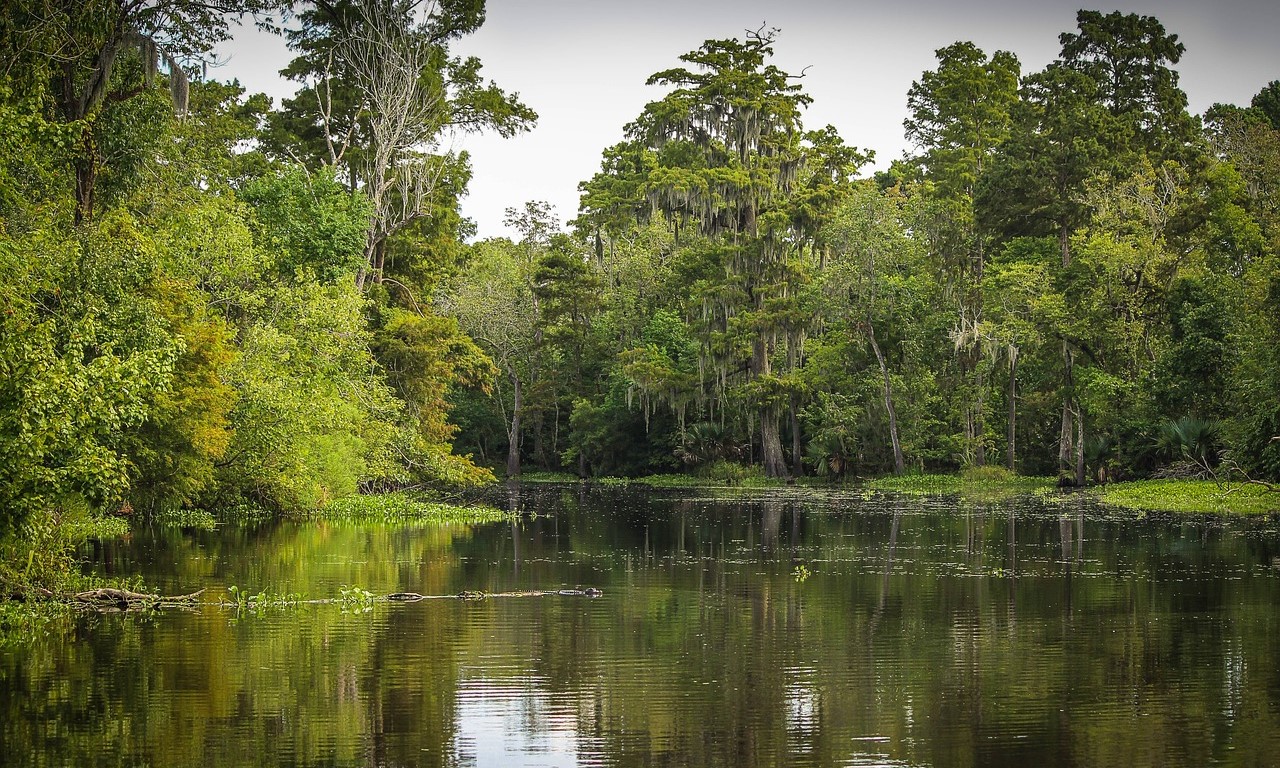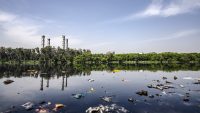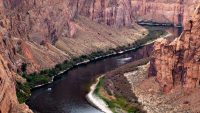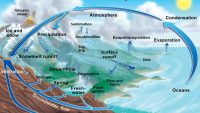Wetlands are unique ecosystems characterized by the presence of water, either permanently or seasonally, creating conditions that support a diverse array of plant and animal life. These habitats play a crucial role in maintaining ecological balance and providing valuable ecosystem services. Wetlands serve as natural filters, purifying water by trapping pollutants and sediments, and they also help regulate water flow, reducing the risk of flooding and erosion in adjacent areas.
One of the defining features of wetlands is their high biological productivity, fueled by nutrient-rich soils and abundant water. Wetlands support a wide variety of plant species, including emergent vegetation such as cattails and bulrushes, floating plants like water lilies, and submerged vegetation such as pondweeds and water milfoil. These plants provide habitat and food for a diverse range of wildlife, including birds, fish, amphibians, and insects, making wetlands vital for biodiversity conservation.
Despite their ecological importance, wetlands face numerous threats from human activities, including drainage for agriculture, urban development, pollution from industrial and agricultural runoff, and climate change. The destruction and degradation of wetlands have led to loss of habitat, declines in biodiversity, and disruptions to ecosystem services. Conservation efforts aimed at protecting and restoring wetlands are essential for safeguarding these valuable ecosystems and ensuring their continued benefits for both wildlife and people.

Let’s take a look at these 10 interesting facts about wetlands to know more about them.
- Biological Diversity Hotspots : Wetlands are among the most biologically diverse ecosystems on Earth, supporting a wide variety of plant and animal species. They provide habitat for numerous species of birds, fish, mammals, amphibians, and insects, many of which are specially adapted to the wetland environment.
- Carbon Sequestration : Wetlands play a crucial role in the global carbon cycle by storing large amounts of carbon in their soils and vegetation. Peatlands, a type of wetland characterized by waterlogged organic soils, are particularly effective at sequestering carbon and can act as significant carbon sinks.
- Natural Water Purifiers : Wetlands act as natural filters, removing pollutants and sediments from water as it flows through the ecosystem. This purification process helps improve water quality and reduces the impact of pollution on downstream ecosystems and human communities.
- Flood Mitigation : Wetlands help regulate water flow and reduce the risk of flooding by acting as natural sponges, absorbing excess water during periods of heavy rainfall and slowly releasing it during drier periods. This function is especially important in coastal areas prone to storm surges and inland regions susceptible to flash floods.
- Critical Habitat for Migratory Birds : Many wetlands serve as critical stopover sites and breeding grounds for migratory birds during their annual journeys. These habitats provide essential food resources and shelter for birds traveling thousands of miles between breeding and wintering grounds.
- Unique Adaptations : Plants and animals in wetland ecosystems have evolved a variety of unique adaptations to thrive in waterlogged conditions. Examples include floating vegetation, specialized root systems for anchoring in muddy soils, and amphibious species capable of surviving both in water and on land.
- Cultural Significance : Wetlands have cultural significance for many indigenous communities around the world, who rely on these ecosystems for food, water, and materials for traditional crafts. Wetlands also hold spiritual and cultural value as sacred places and sources of inspiration for art, music, and storytelling.
- Economic Benefits : Wetlands provide a range of ecosystem services that contribute to human well-being and livelihoods. These services include fisheries, agriculture, tourism, recreation, and water supply, which support local economies and provide employment opportunities for communities living near wetland areas.
- Global Distribution : Wetlands are found on every continent except Antarctica, encompassing a wide variety of ecosystems such as marshes, swamps, bogs, floodplains, and mangrove forests. Their global distribution reflects their adaptability to diverse environmental conditions and their importance in supporting life on Earth.
- Threats and Conservation : Despite their ecological and economic importance, wetlands are among the most threatened ecosystems worldwide. Human activities such as habitat destruction, drainage for agriculture, pollution, overexploitation of resources, and climate change pose significant threats to wetland health and biodiversity. Conservation efforts aimed at protecting and restoring wetlands are essential for preserving these valuable ecosystems and the services they provide.
Wetlands are invaluable ecosystems that play a vital role in maintaining ecological balance, supporting biodiversity, and providing essential ecosystem services. From serving as natural filters for water purification to acting as buffers against flooding and erosion, wetlands offer a myriad of benefits to both wildlife and human communities.
Despite their significance, wetlands face numerous threats from human activities, underscoring the urgent need for conservation and restoration efforts. By recognizing the importance of wetlands, implementing sustainable management practices, and fostering global cooperation, we can ensure the preservation of these critical habitats for future generations to enjoy and benefit from. Protecting wetlands is not only essential for safeguarding biodiversity and ecosystem health but also for securing the well-being and resilience of our planet as a whole.



